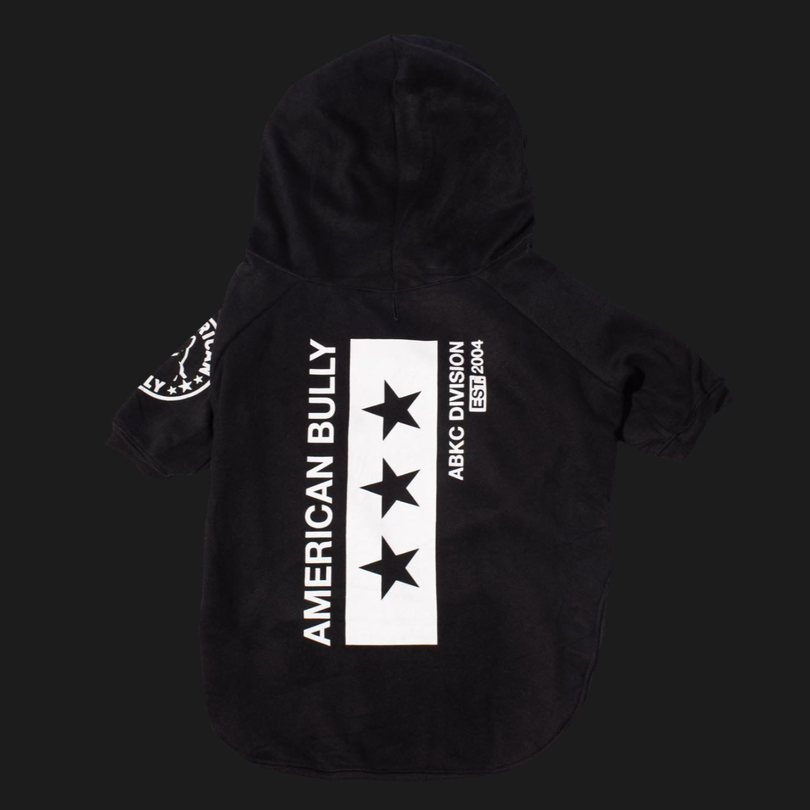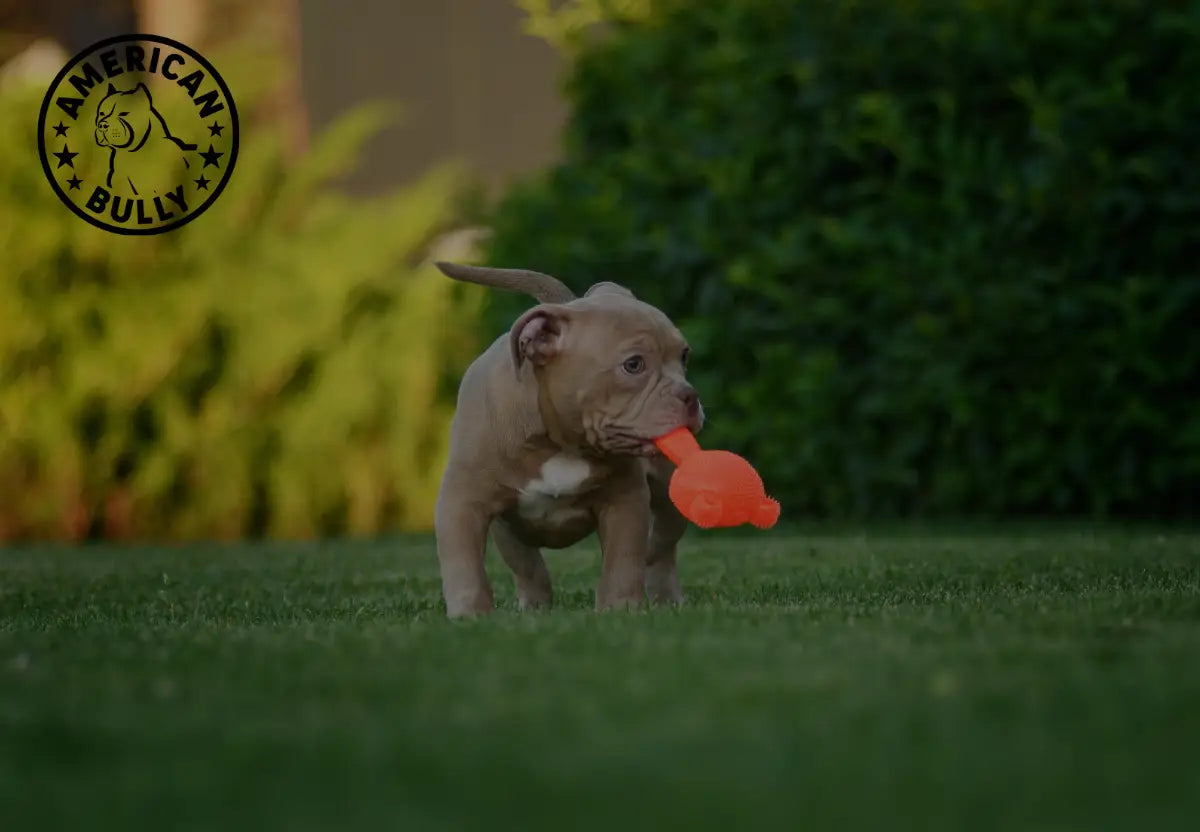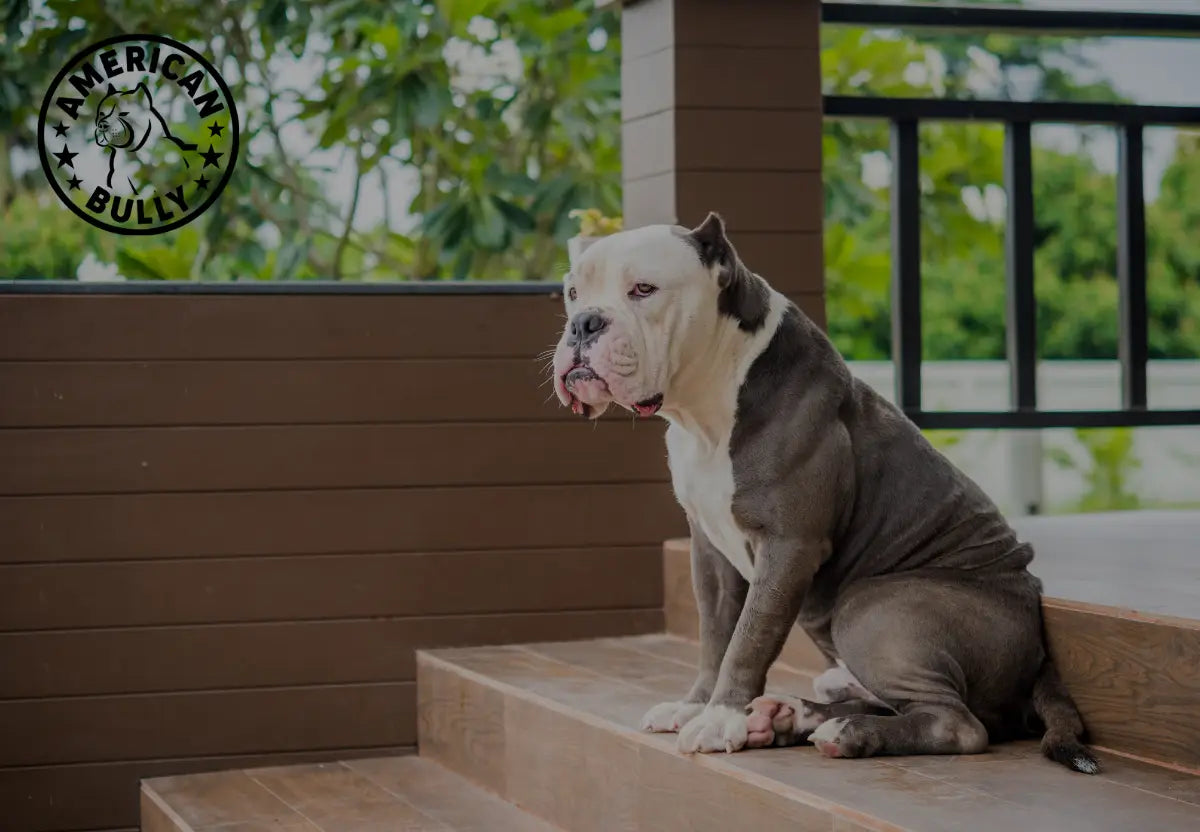American Bullies are known for their loyalty, affectionate personalities, and desire to be close to their families. While these traits make them wonderful companions, they also mean this breed can be prone to separation anxiety — a condition where a dog experiences significant distress when left alone.
If your American Bully becomes destructive, vocal, or anxious when you leave, you’re not alone. Separation anxiety is one of the most common behavioral issues in the breed. The good news? With understanding, patience, and consistent training, you can help your Bully feel confident and secure, even when you’re not around.
This guide will break down the causes, signs, and proven solutions for separation anxiety in American Bullies, tailored to their unique temperament.

Understanding Separation Anxiety in American Bullies
Separation anxiety is not misbehavior — it’s a stress response. Dogs with this condition are genuinely distressed when they can’t be near their humans.
Why American Bullies Are Prone to It
-
Deep Bonding: American Bullies are people-oriented and form strong attachments.
-
Low Tolerance for Isolation: They thrive on companionship and interaction.
-
Breed History: Bred for loyalty and companionship, not long hours of solitude.
-
High Sensitivity: They are emotionally attuned to their owners’ routines and moods.
Recognizing the Signs
Separation anxiety can range from mild unease to intense panic. Common symptoms include:
Mild Signs
-
Pacing when you prepare to leave
-
Whining or mild barking after you go
-
Following you from room to room
Moderate to Severe Signs
-
Excessive barking or howling
-
Chewing furniture, shoes, or doors
-
Scratching at doors and windows
-
Attempting to escape crates or rooms
-
Accidents indoors despite being house-trained
-
Heavy panting, drooling, or trembling
If these behaviors only happen when you’re gone, it’s likely separation anxiety rather than general disobedience.
The Root Causes
Understanding why your Bully feels anxious helps you address the problem more effectively.
-
Lack of Gradual Independence Training: Puppies raised with constant human presence may never learn to self-soothe.
-
Change in Routine: New job hours, a move, or family changes can trigger anxiety.
-
Past Trauma: Rescue dogs may have abandonment-related stress.
-
Over-Attachment: Encouraging constant shadowing without breaks can make absence harder to handle.
-
Excess Energy: Under-exercised dogs are more prone to stress behaviors.
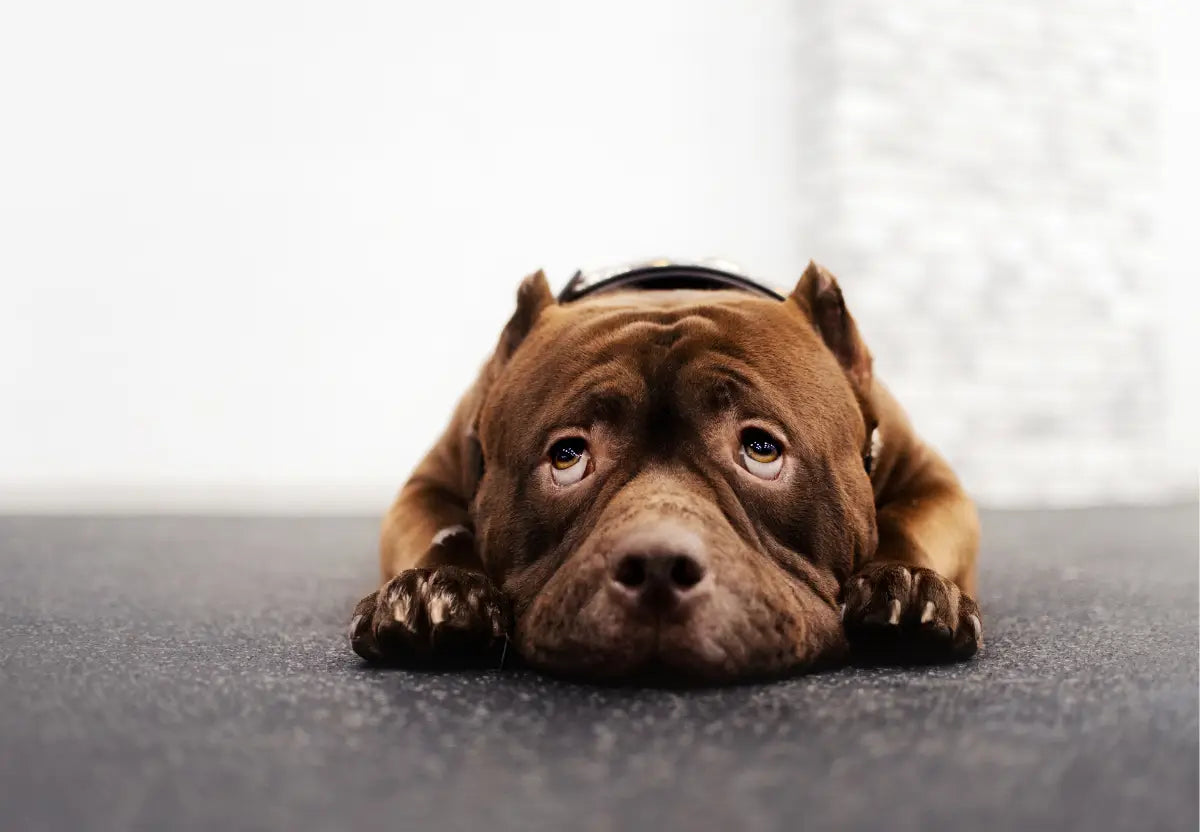
Step-by-Step Strategies to Address Separation Anxiety
1. Rule Out Medical Issues
Before starting behavior training, schedule a vet check to ensure symptoms (like accidents or pacing) aren’t health-related.
2. Exercise Before Absences
A tired dog is a calmer dog.
-
Morning Routine: Give your Bully a 30–45 minute walk, play fetch, or do agility drills before you leave.
-
Mental Stimulation: Use scent games or short training sessions to work their brain.
This drains excess energy and triggers feel-good endorphins.
3. Practice Gradual Departures
Desensitize your Bully to your absence by:
-
Step 1: Pick up keys, put on shoes — but don’t leave. Sit back down instead.
-
Step 2: Leave for 1–2 minutes, then return before distress starts.
-
Step 3: Slowly extend the time away over several days or weeks.
Consistency is key — progress may be slow, but avoid pushing too fast.
4. Create a Safe, Comforting Space
-
Crate Training (if positive association exists): Some Bullies feel secure in a crate; others may panic if not trained gradually.
-
Alternative: A dog-proofed room with familiar blankets, toys, and safe chews.
-
Calming Aids: Soft music, white noise, or a TV left on can mask outside sounds.
5. Use Long-Lasting Distractions
Offer something special only when you leave:
-
Frozen peanut butter-filled Kongs
-
Puzzle feeders
-
Long-lasting chews (bully sticks, dental chews)
This makes your departure a signal of good things to come.
6. Avoid Overly Emotional Goodbyes and Reunions
-
Leaving: Stay calm and casual. Overly dramatic farewells signal something big is happening.
-
Returning: Ignore your Bully for the first minute until they’re calm, then greet them warmly.
7. Teach Independence at Home
-
Encourage your dog to rest in a different room while you’re home.
-
Use “place” or “settle” commands with treats for staying on their bed.
-
Practice short in-home separations before actual absences.
8. Incorporate Scent Comfort
Leave a worn t-shirt or blanket that smells like you in their space. Dogs have a powerful scent memory, and your smell can provide reassurance.
9. Counter-Conditioning
Help your Bully associate being alone with positive experiences.
-
If they panic when you grab your keys, pair the sound of keys with a treat instead.
-
Repeat until departure cues become neutral or positive.
10. Consider Professional Help
If your Bully’s anxiety is severe:
-
Certified Dog Trainer or Behaviorist: Can create a tailored plan.
-
Veterinary Behaviorist: In extreme cases, medication may help reduce anxiety while training is ongoing.
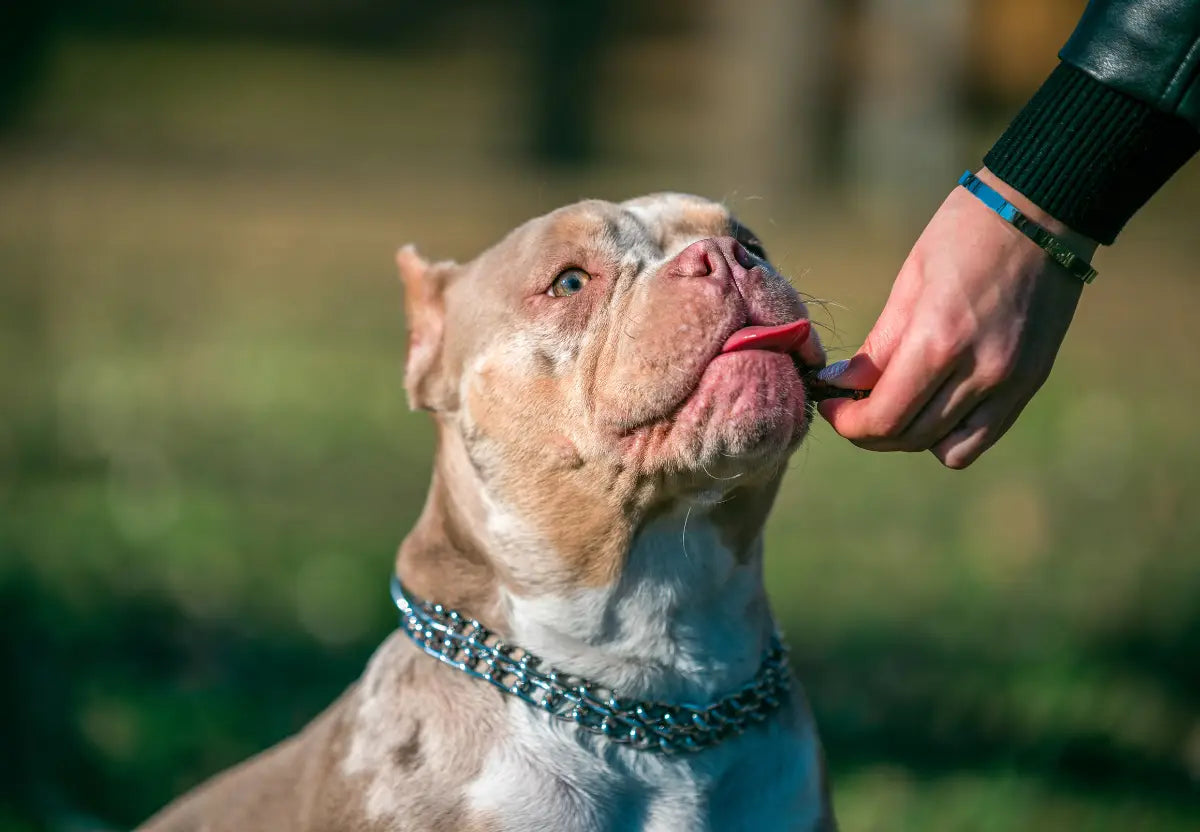
Special Considerations for American Bullies
Energy Management
This breed thrives on a mix of physical exertion and mental challenges. Skipping exercise makes separation training harder.
Sensitivity to Owner Emotions
Bullies often mirror your mood. If you’re anxious about leaving, they’ll pick up on it. Staying calm is essential.
Social Fulfillment
Because they’re people-driven, arrange for:
-
Midday Walkers or Sitters: Breaks during long workdays.
-
Doggy Daycare: Great for social butterflies, but not all Bullies enjoy it — introduce gradually.
Myths About Separation Anxiety
-
“A second dog will fix it” — Sometimes it helps, but many dogs with separation anxiety want you, not just company.
-
“They’ll grow out of it” — Without training, the issue often worsens.
-
“Crating is cruel” — Not if introduced properly and used as a safe space.
-
“Ignore them completely” — Ignoring distress entirely without gradual exposure can damage trust.
Sample Daily Routine for Prevention & Management
Here’s a balanced structure to help prevent or manage separation anxiety:
Morning:
-
7:00 AM: 40-minute brisk walk with training breaks
-
7:45 AM: Breakfast in a puzzle feeder
-
8:15 AM: Calm time before you leave
During Absence:
-
Special chew toy or frozen Kong
-
Soft music playing
-
Dog walker visit midday
Evening:
-
6:00 PM: Play session or training
-
6:30 PM: Dinner
-
8:00 PM: Quiet bonding time (cuddles, grooming)
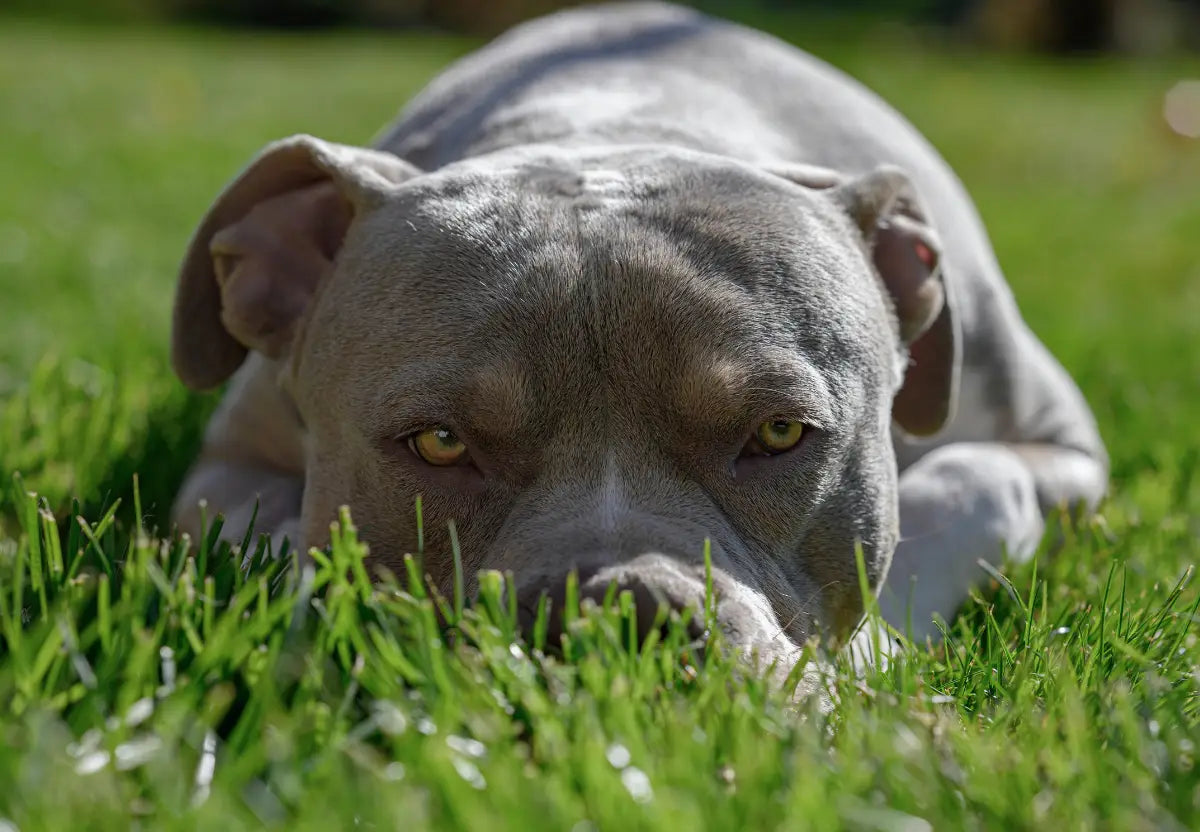
Final Thoughts
Addressing separation anxiety in American Bullies is a journey — not an overnight fix. By combining gradual training, mental stimulation, and emotional stability, you can help your dog feel safe when alone.
Remember: This breed’s deep devotion is one of its greatest qualities, and with the right approach, your Bully can learn that your absence is temporary, and your return is guaranteed.







